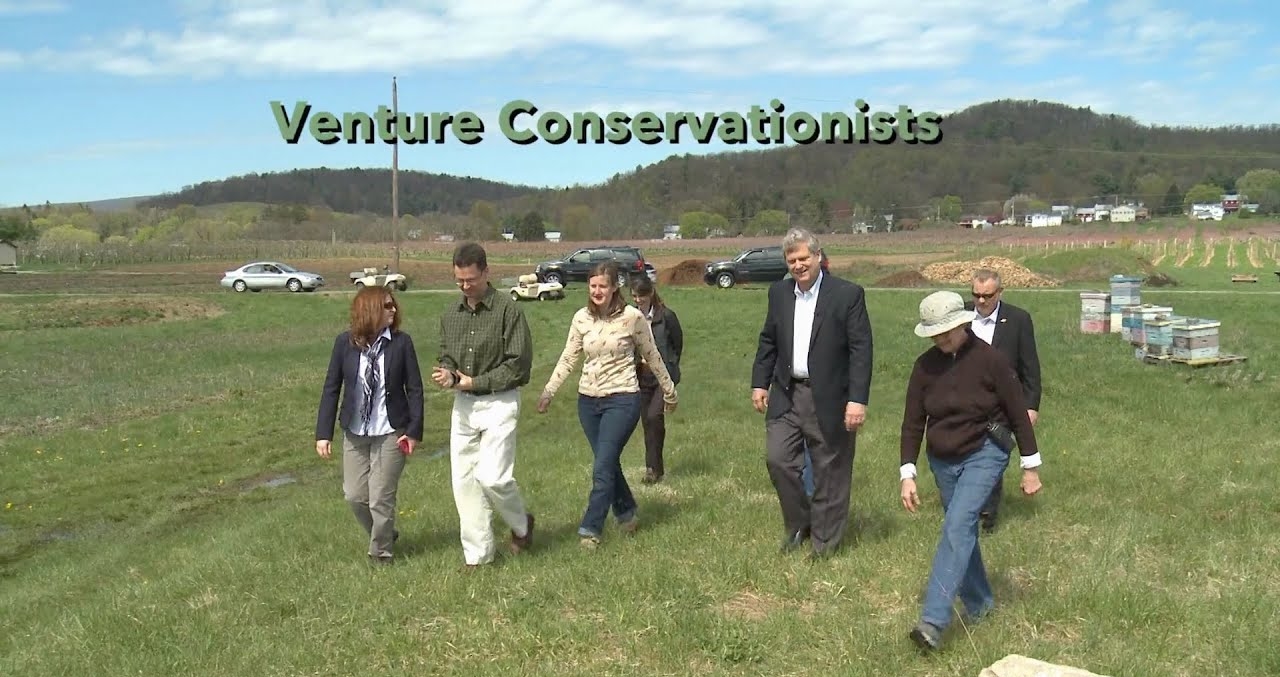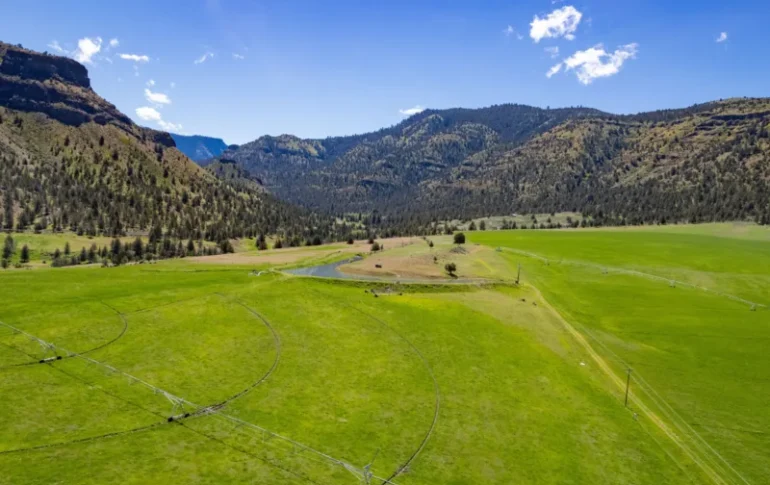Agricultural Conservation Easement Program (ACEP) Helps Landowners Protect and Restore Key Land Assets
Protecting agricultural land assets just became easier for ranch buyers and owners when Agricultural Secretary, Tom Vilsack, announced on November 16, 2015, that $350 million will be available to help landowners protect and restore key farmlands, grasslands, and wetlands across the United States. The funding is provided through the Agricultural Conservation Easement Program (ACEP), created by the 2014 Farm Bill to protect critical river and stream resources and wildlife habitats. These incentives encourage private landowners to maintain land for farming and ranching. Through the voluntary sale of an easement, landowners limit future development to protect these key resources and save money while doing so.
“The benefits of restoring, enhancing, and protecting these working agricultural lands and critical wetlands cannot be overstated, the USDA is committed to preserving working agricultural lands to help protect the long-term viability of farming across the country as well as to restoring and protecting vital sensitive wetlands that provide important wildlife habitat and improve water quality.” – Tom Vilsack
ACEP’s agricultural land easements not only protect the long-term viability of the nation’s food supply by preventing the conversion of productive working lands to non-agricultural uses, they also support environmental quality, wildlife habitat, historic preservation, and protection of open spaces. Native American Tribes, state and local governments, and non-governmental organizations that have farmland or grassland protection programs are eligible to partner with the National Resources Conservation Service (NRCS) to purchase conservation easements.
Wetland reserve easements allow landowners to successfully restore, enhance and protect habitat for wildlife on their lands, reduce damage from flooding, recharge groundwater and provide outdoor recreational and educational opportunities. Eligible landowners can choose to enroll in a permanent or 30-year easement. Tribal landowners also have the option of enrolling in 30-year contracts.
In north-central Iowa, ACEP funds have been used to add nearly 400 acres to an existing contiguous 600-acre wetland complex protecting the recently restored public Big Wall Lake in Wright County, Iowa. Two land trusts in Colorado plan to use ACEP funds to enroll 1,805 acres to protect critical Sage Grouse habitat in Saguache County and in the Upper Colorado River Corridor Priority Landscape located in Grand County.
In FY 2014 and FY 2015, NRCS invested more than $600 million in ACEP funding to help landowners engage in voluntary conservation to provide long-term protection of an estimated 250,000 acres of farmland, grassland, and wetlands through more than 750 new easements.
At Fay Ranches, we work extensively with Conservation Easements. These easements are a useful tool for keeping family farms and ranches intact and avoiding subdivisions, which compromise the beauty of our rivers and the value of the surrounding land. Conservation Easements have been shown to help create opportunities for local and regional food systems and can also provide attractive tax benefits to investors.
About Fay Ranches
Fay Ranches Inc. is a Bozeman-based land brokerage firm specializing in the marketing and sale of best-of-class farms, ranches, timber, and plantations across the United States possessing exemplary sporting attributes, agricultural production, conservation values, and investment quality. Contact Us today for more information.





